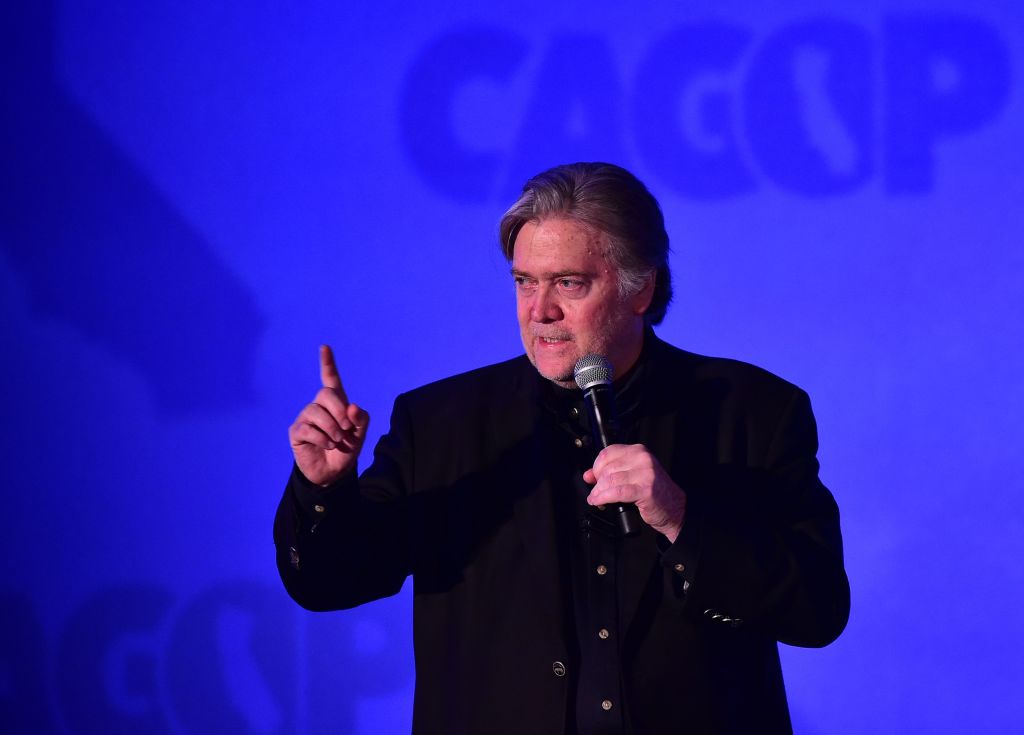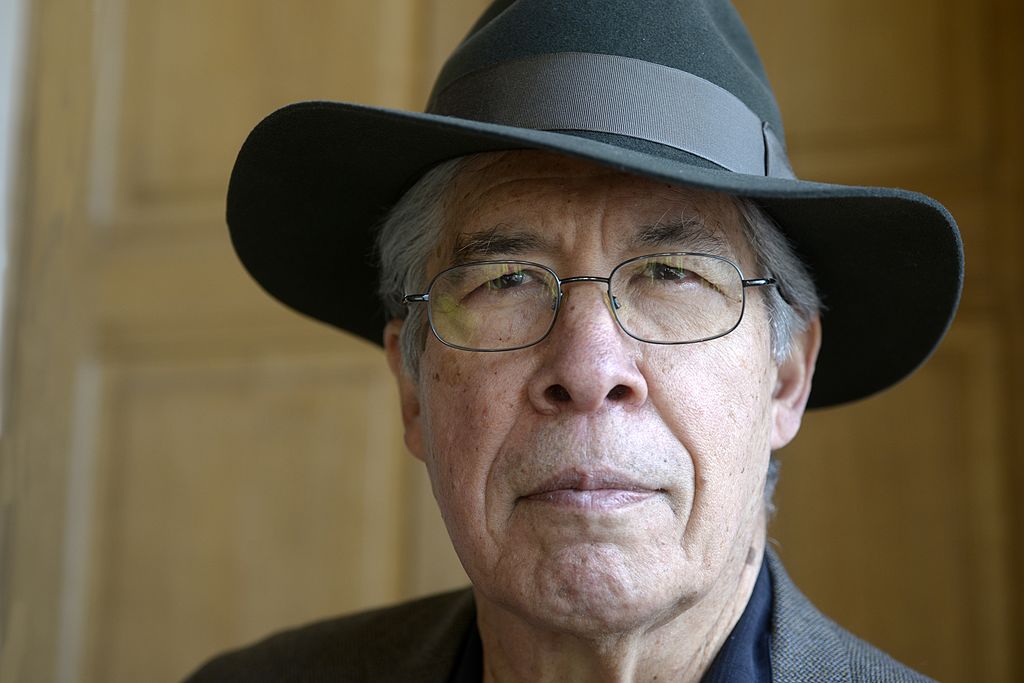The midterm elections are about 100 days away, and polling suggests that Republicans are in real trouble. Voters have soured on the GOP despite great jobs numbers and robust economic growth. The American public has an unfavourable view of the legislative agenda coming out of Washington, which they believe only caters to the very wealthy donor class. Had Trump followed the advice of former Chief Strategist Steve Bannon, might the shellacking Republicans are facing in the upcoming election have been avoided?
At the beginning of Trump’s term, there was an ideological tug of war over the direction Republicans should be championing. On one side were Speaker Paul Ryan, former Economic Advisor Gary Cohn, and Legislative Director Marc Short pushing for mass deregulation, tax cuts, and a repeal of Obamacare. On the other side was populist titan Steve Bannon who favored a much different set of priorities.
According to The Washington Post, Bannon tried to convince Trump to steer away from Paul Ryan’s legislative agenda. The then-Chief Strategist pushed to start with broad infrastructure plan, investing in the social safety net by focusing on mass job retraining, renegotiating trade deals, immigration restrictions, deregulations, a border wall, border adjustment tax (something supported by a majority of voters and Ryan but couldn’t pass in the House.)
Trump ultimately gave in to the advice of the Speaker after he promised the President he could easily pass his legislative agenda and voters would overwhelmingly embrace it. Senator Rand Paul (R-Ky.) even criticised Ryan during the Obamacare repeal saying, “Paul Ryan’s selling him a bill of goods that he didn’t explain to the President, and the grassroots doesn’t want what Paul Ryan is selling.”
While deregulation passed reasonably quickly, the tax overhaul didn’t include significant pieces of Trump’s populist agenda. Bannon and Trump desperately wanted the bill to end the carried interest tax loophole that favours the very wealthy and Wall Street. While the President tried more than two dozen times to end the loophole, according to The New York Times, lobbyists kept up the pressure on Ryan and the Republican Congress to keep it in the bill. Bannon also favoured a tax increase on people making more than $5 million annually, something a Reuters/Ipsos poll indicated all voters overwhelmingly supported.
In the end, Ryan won, and Bannon lost, but despite a majority of Americans receiving a tax break, a plurality of voters viewed the legislation negatively because they saw it as a gift to the wealthy.
Next came Ryan’s failed Obamacare repeal, which Bannon opposed from the beginning. The former Chief Strategist said the Speaker’s health care plan didn’t drive down costs and was written by the insurance industry, New York magazine reported.
Voters overwhelmingly agreed with Bannon and the attempt to repeal healthcare sent Trump and the Congressional GOP’s approval rating into a death spiral, remaining in the 30s throughout the rest of the year.
In 2018 Ryan has delivered few legislative victories, most notably passing the Right to Try and a failed attempt at granting amnesty to millions of illegal aliens, something Trump’s base vehemently opposed. He briefly mentioned the idea of reigning in spending on Medicare and Medicaid, but Senate Majority Leader Mitch McConnell refused even to consider it.
As the midterm election looms, Democrats have a seven-point lead according to the Real Clear Politics polling average — enough to retake the House.
A Harvard/Harris poll from last month showed the most important issues to voters as immigration (38 per cent), healthcare (32 per cent), the economy/jobs (26 per cent), and terrorism (26 per cent). Taxes, the Republican Congress’ only significant legislatively accomplishment rated near the bottom with just 11 per cent.
Even Republicans weren’t too excited about Paul Ryan’s priorities. Just 15 per cent labeled tax cuts as one of the most important issues facing voters, as opposed to 47 per cent who said immigration. Independent voters, a crucial segment of Republicans’ election coalition, also aren’t too excited by taxes. Only 9 per cent of Independents said taxes were a top priority, while 36 per cent cited healthcare and immigration.
There’s little more Republicans can do before the midterms besides highlighting some of the far-left positions Democrats are promising to champion and passing small populists bills. Perhaps if they had listened to Bannon 18 months ago, the GOP would be better poised to retain the House.

























